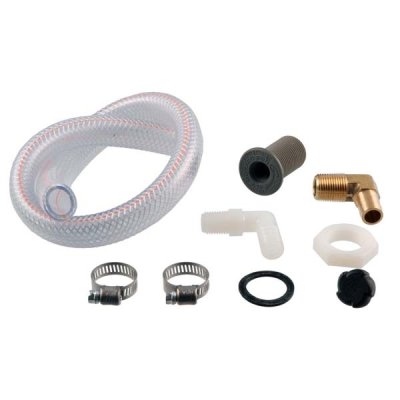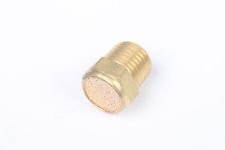f508
Senior Member
My steering has been getting progressively less responsive, so I thought I would bleed and check the fluid level of my helm wheels.
The fluid was low, so I filled it up at the upper helm. After replacing the cap I noticed a bunch of fluid leaking from the fill area of the pump. Upon closer examination I notice the fill cap has about a 3/16 hole drilled in it. I am pretty sure it wasn't manufactured that way because the hole isn't centered and on axis. It looks like it was drilled with a hand held drill. Anyway, I plugged the hole temporarily with a wood screw. I have since brought it home and tapped the hole and screwed in a nylon bolt to plug the hole.
But I want to be sure it isn't supposed to be there. Any idea what that hole could be meant to do?
Here is a photo of the plug with the screw in the hole.

The fluid was low, so I filled it up at the upper helm. After replacing the cap I noticed a bunch of fluid leaking from the fill area of the pump. Upon closer examination I notice the fill cap has about a 3/16 hole drilled in it. I am pretty sure it wasn't manufactured that way because the hole isn't centered and on axis. It looks like it was drilled with a hand held drill. Anyway, I plugged the hole temporarily with a wood screw. I have since brought it home and tapped the hole and screwed in a nylon bolt to plug the hole.
But I want to be sure it isn't supposed to be there. Any idea what that hole could be meant to do?
Here is a photo of the plug with the screw in the hole.




